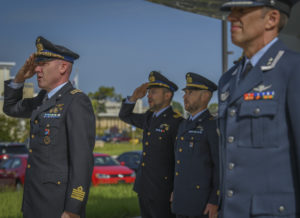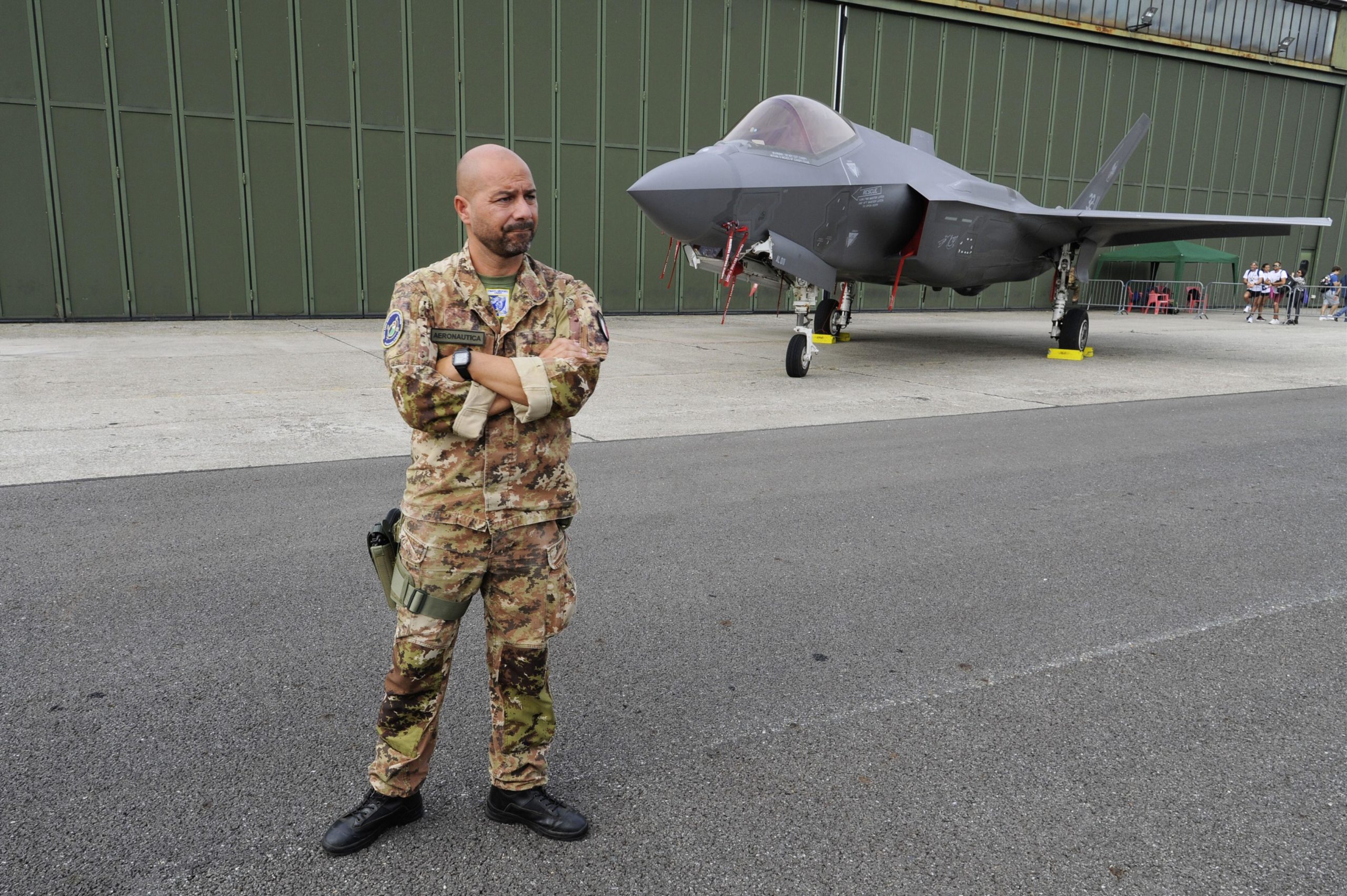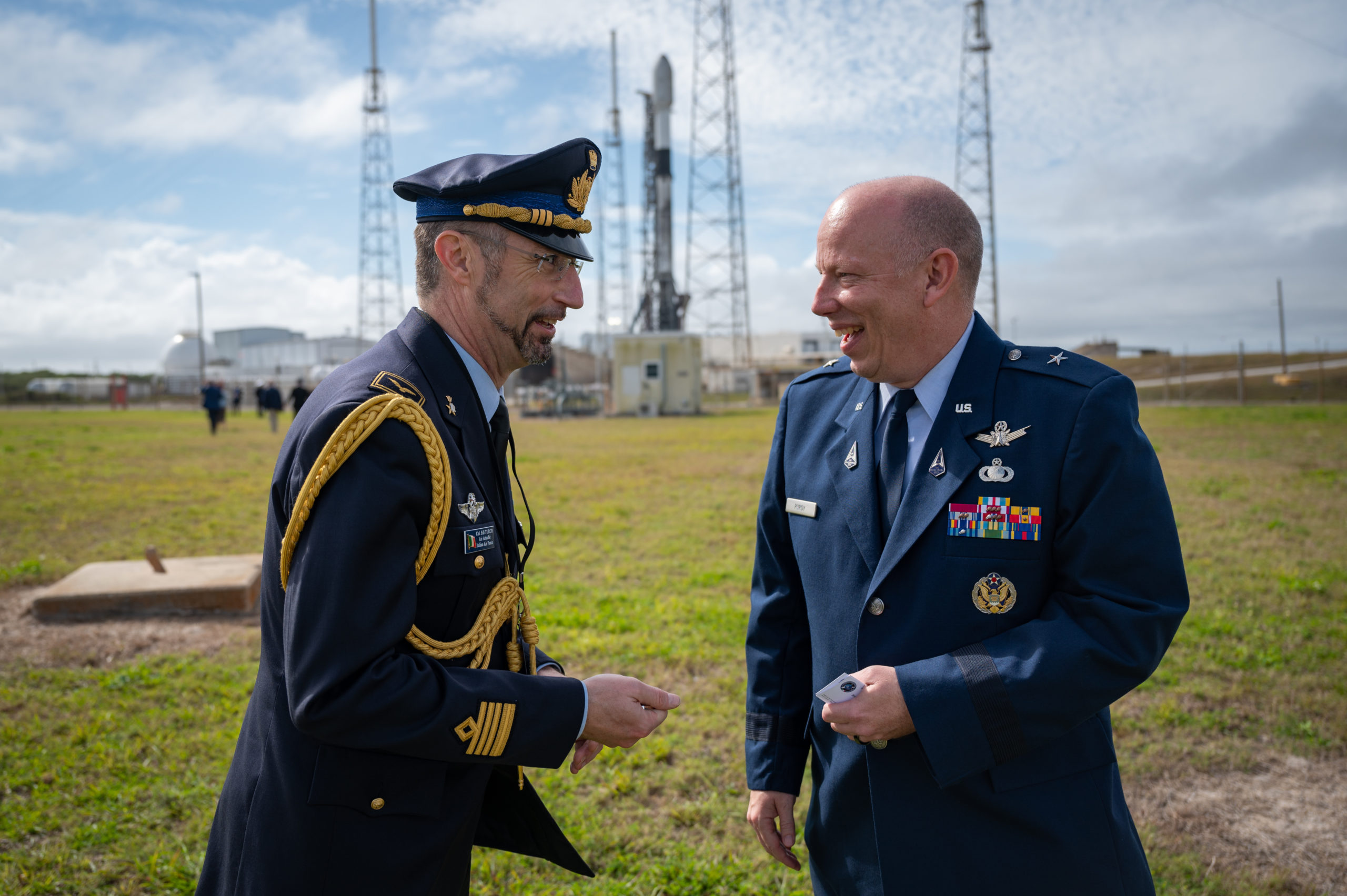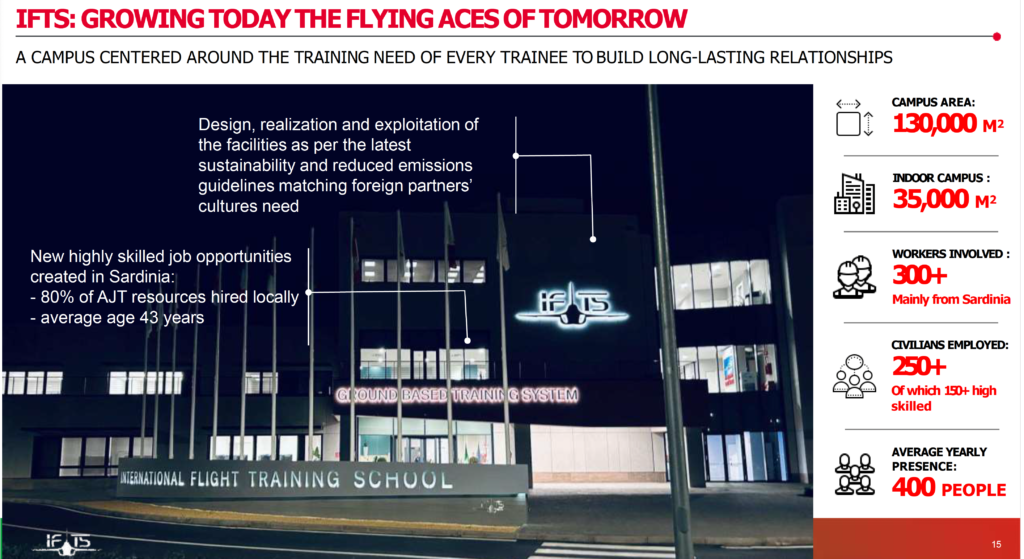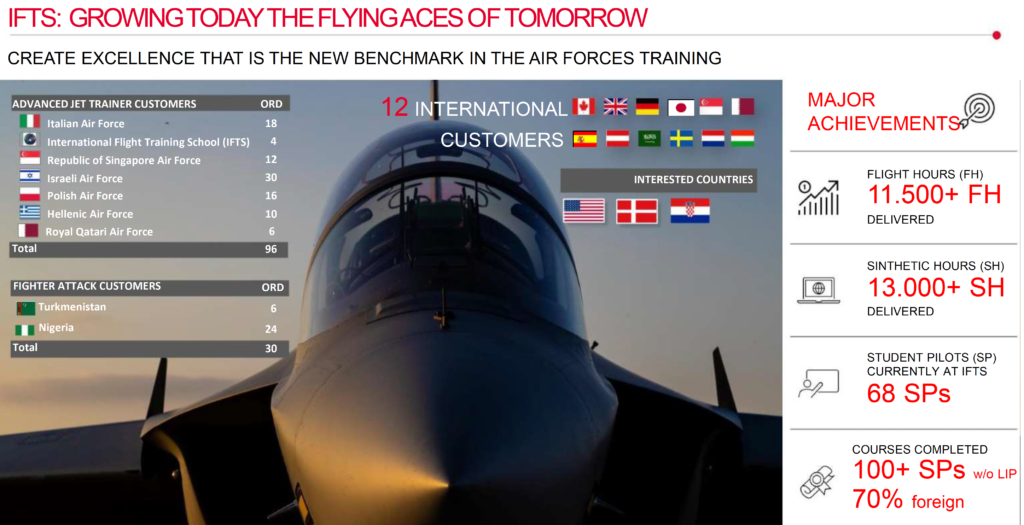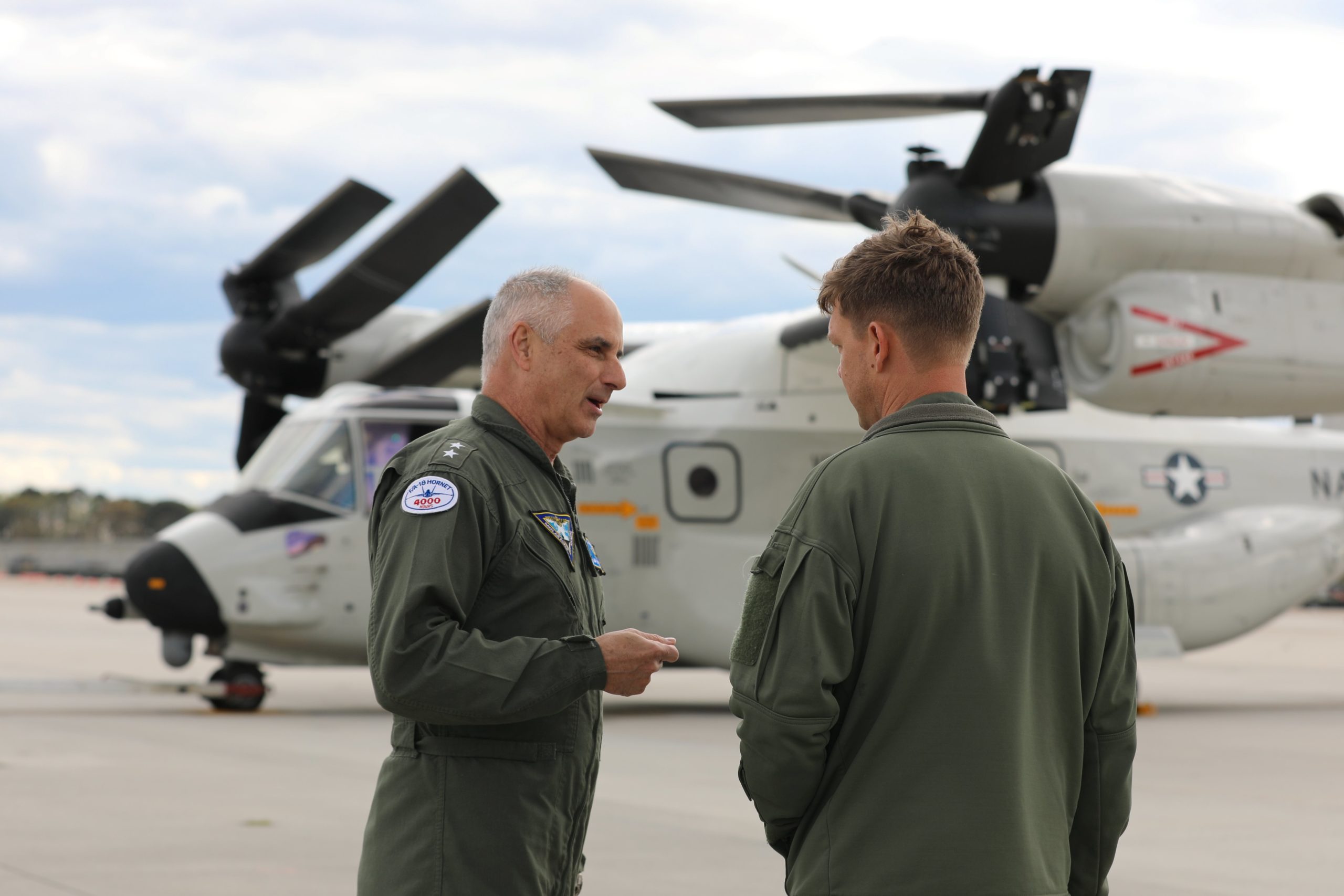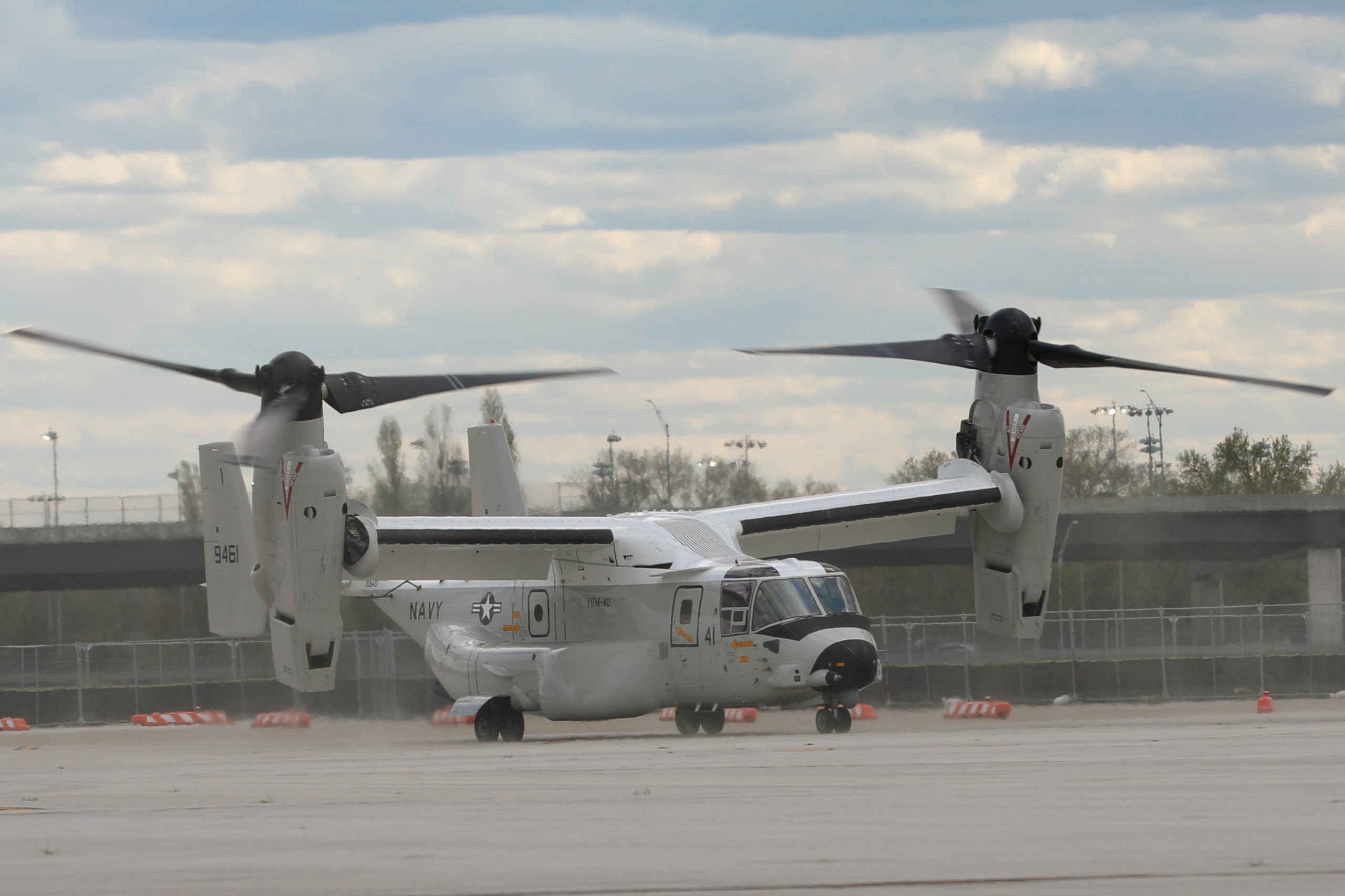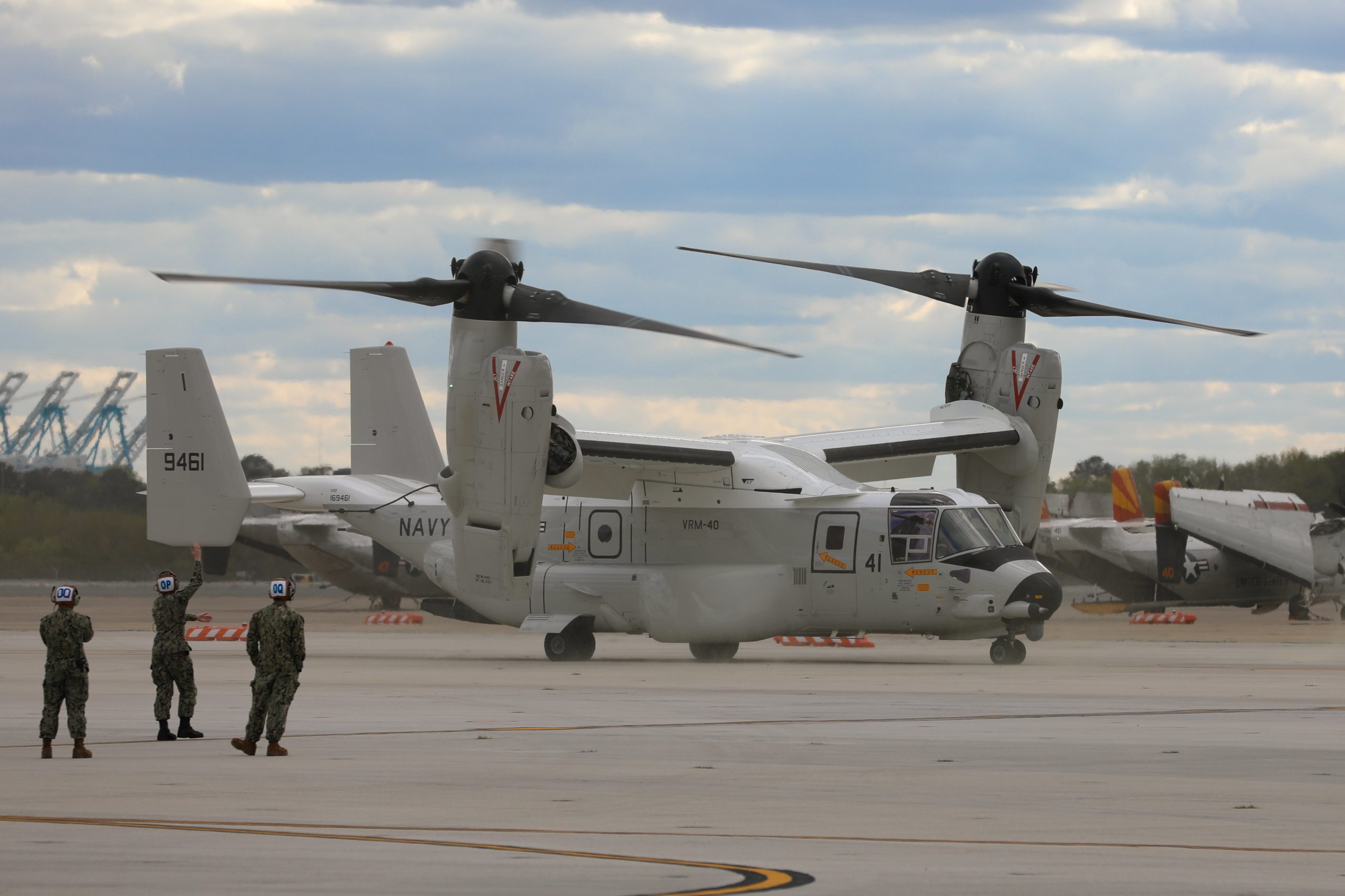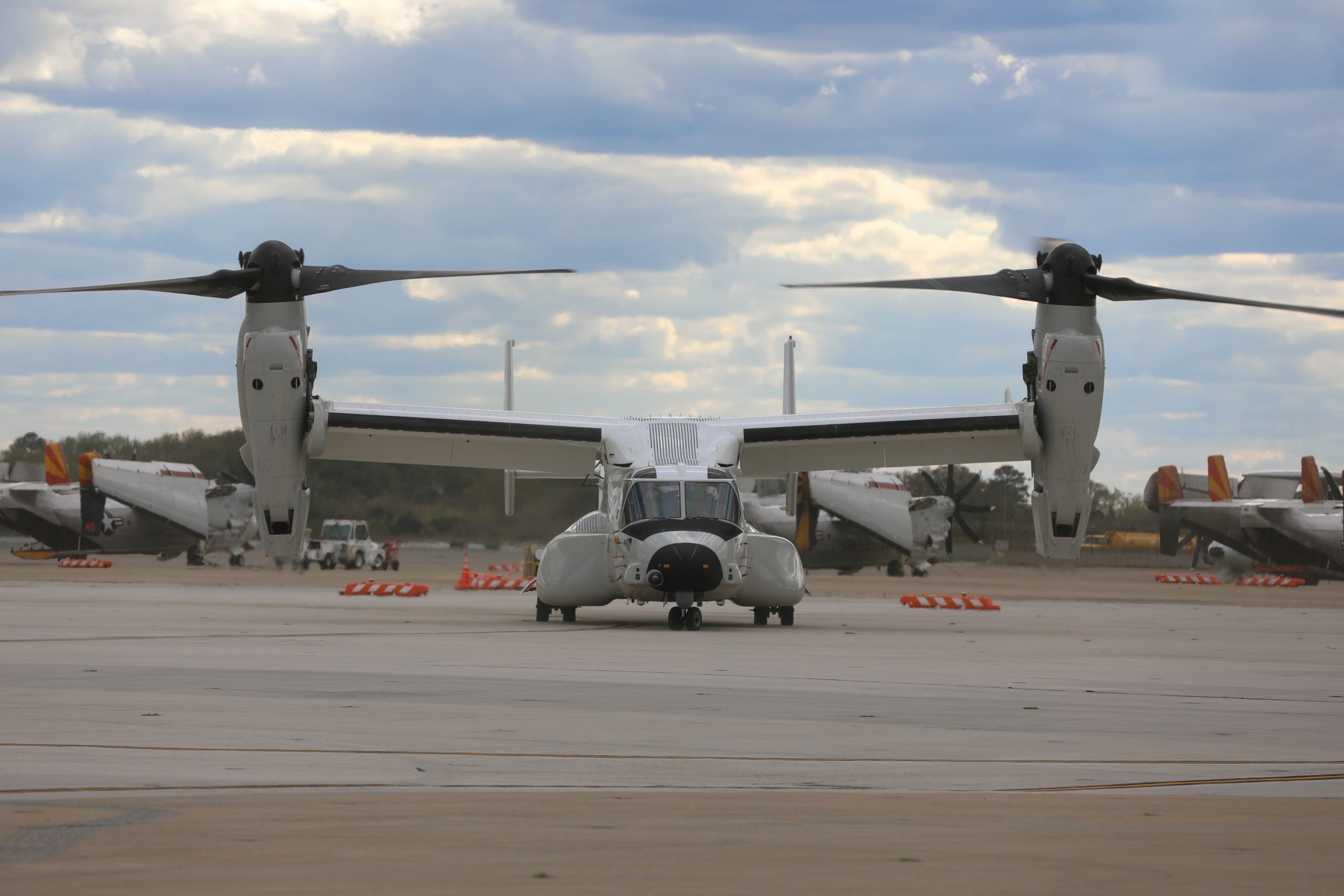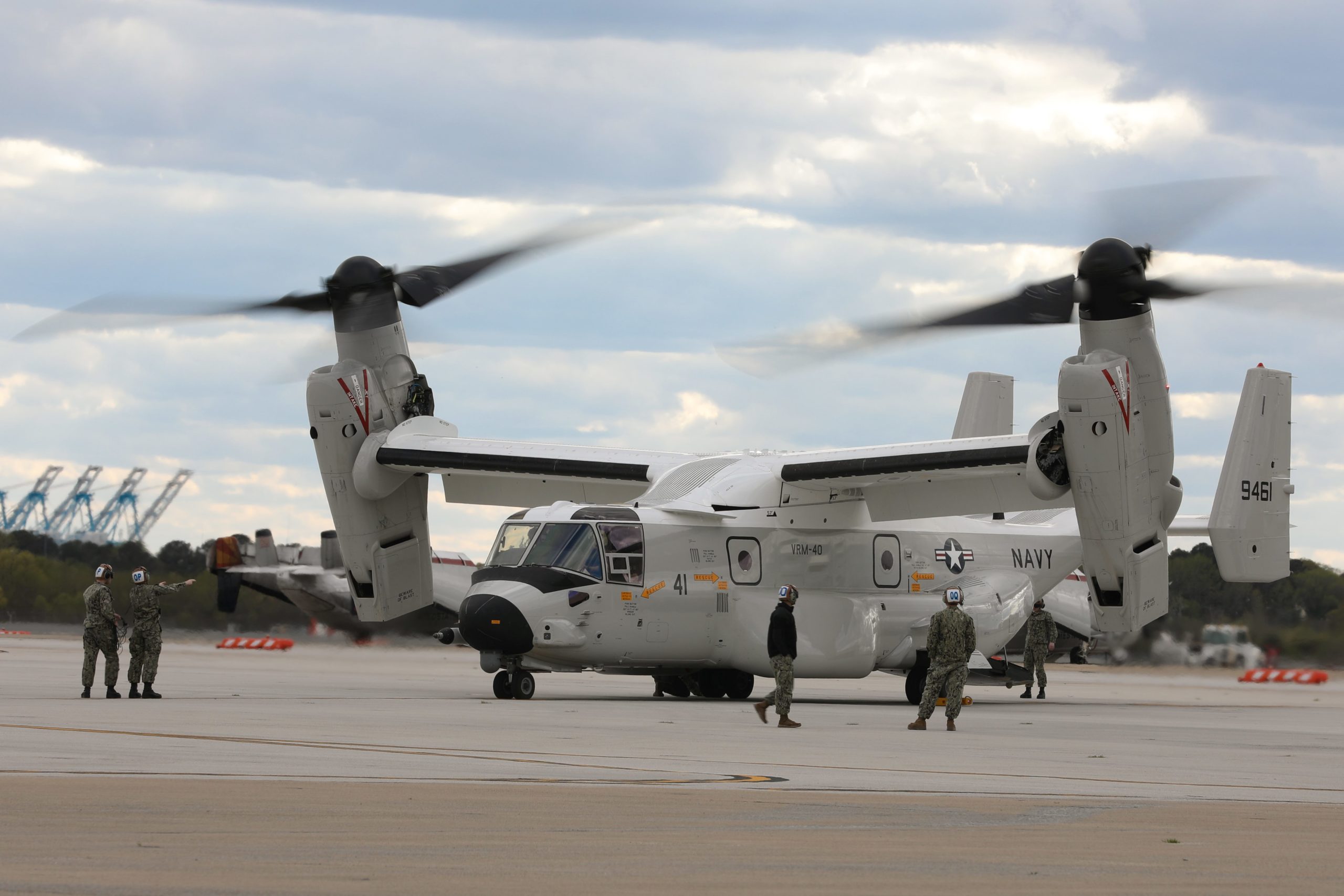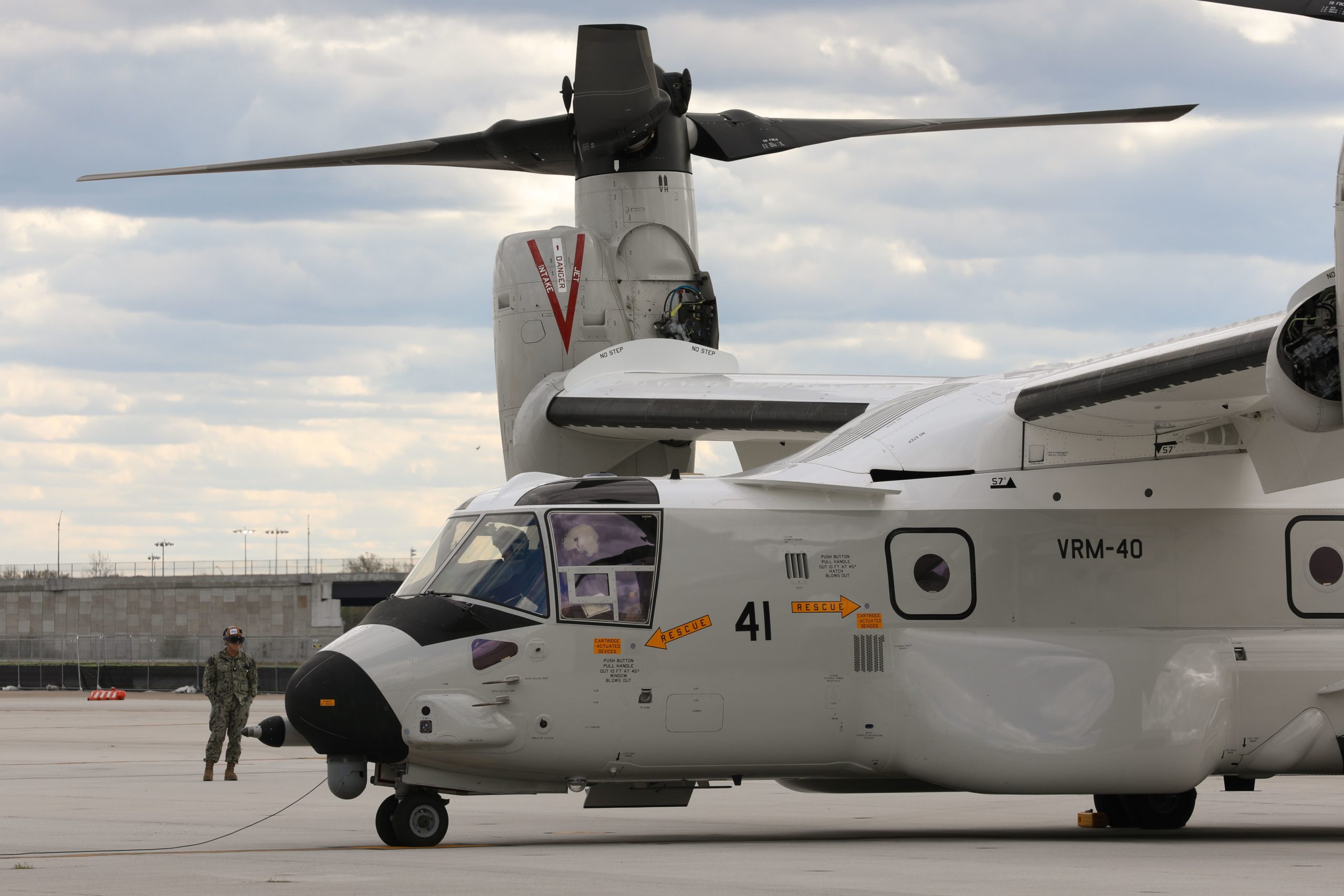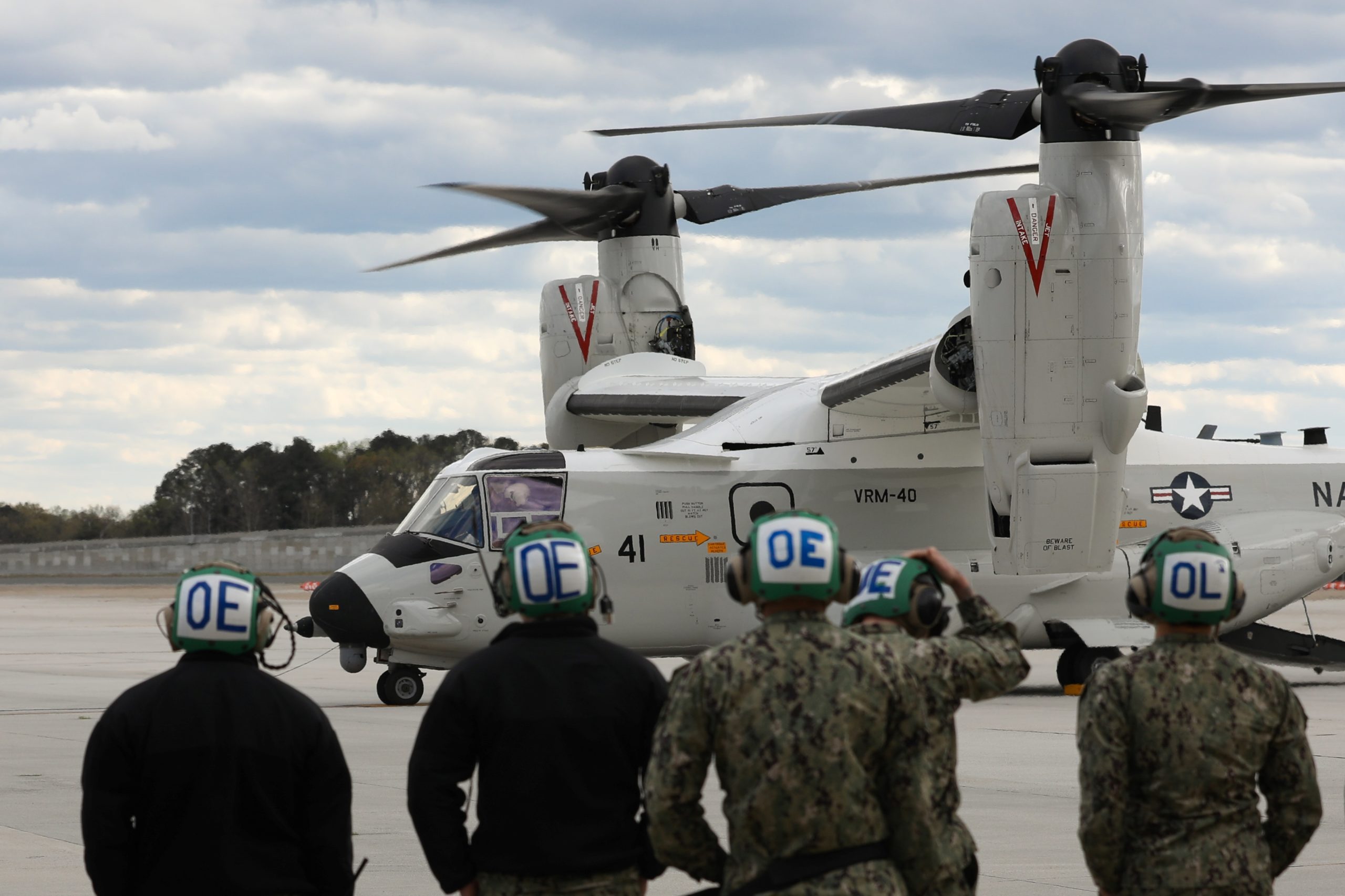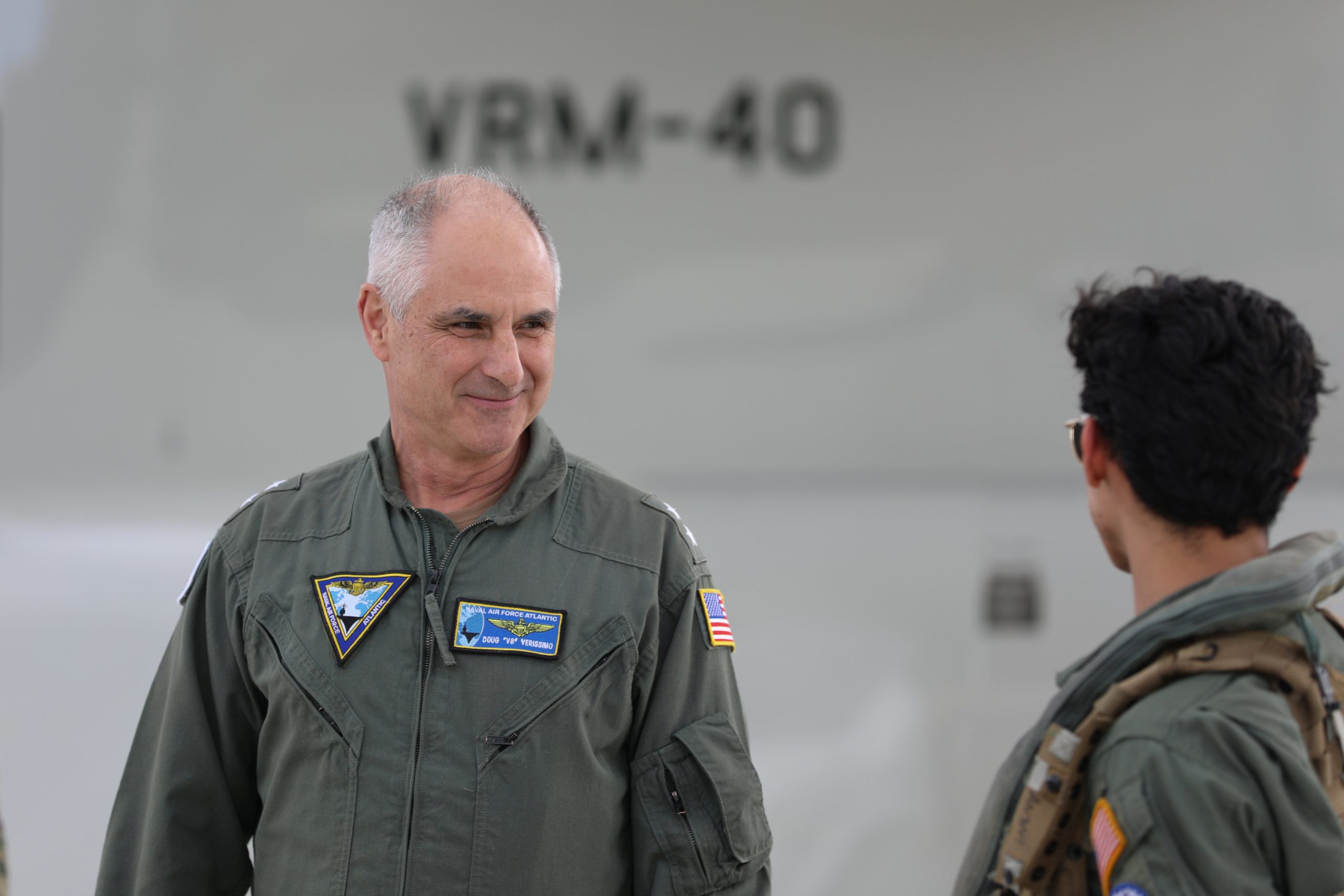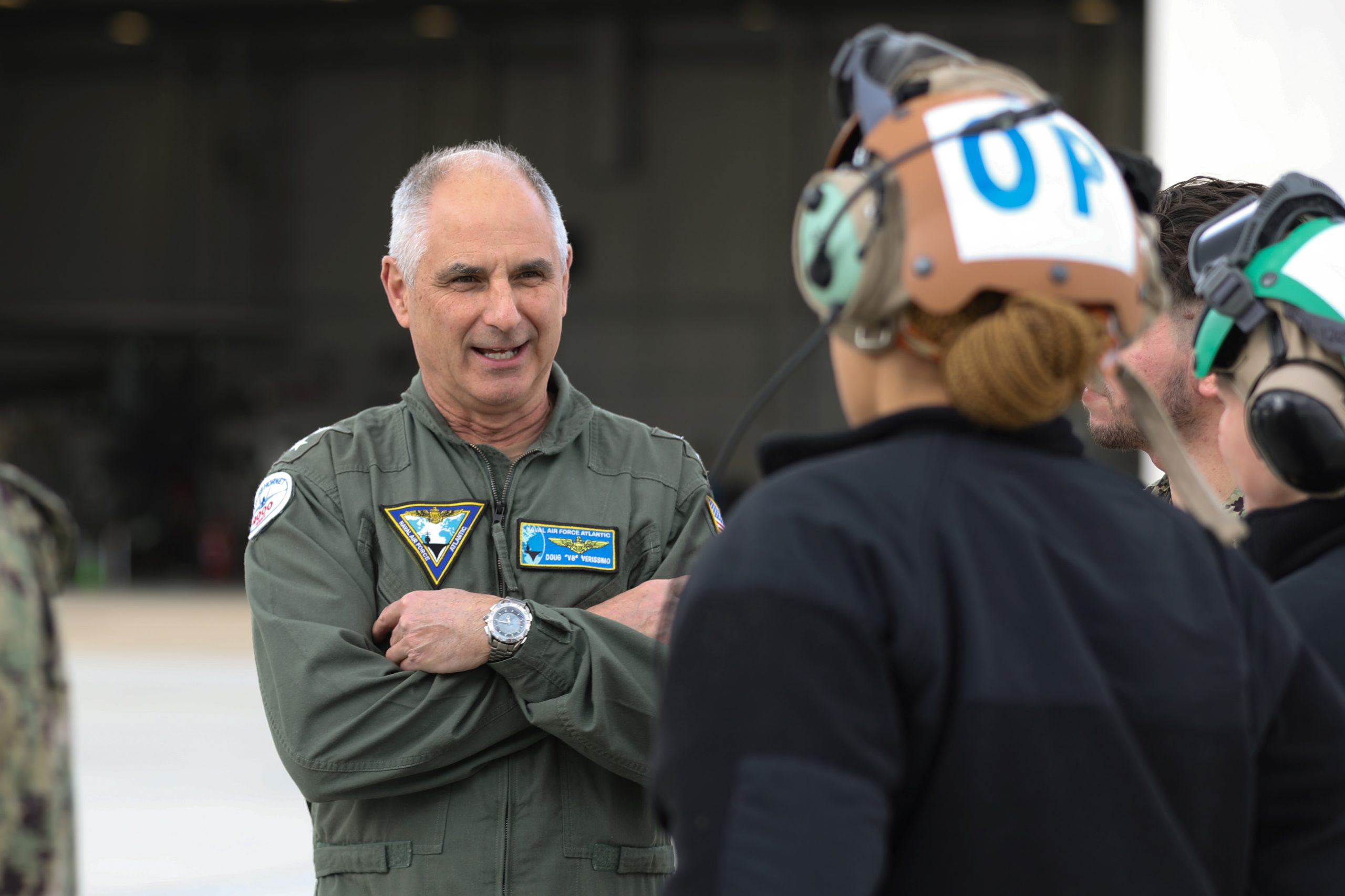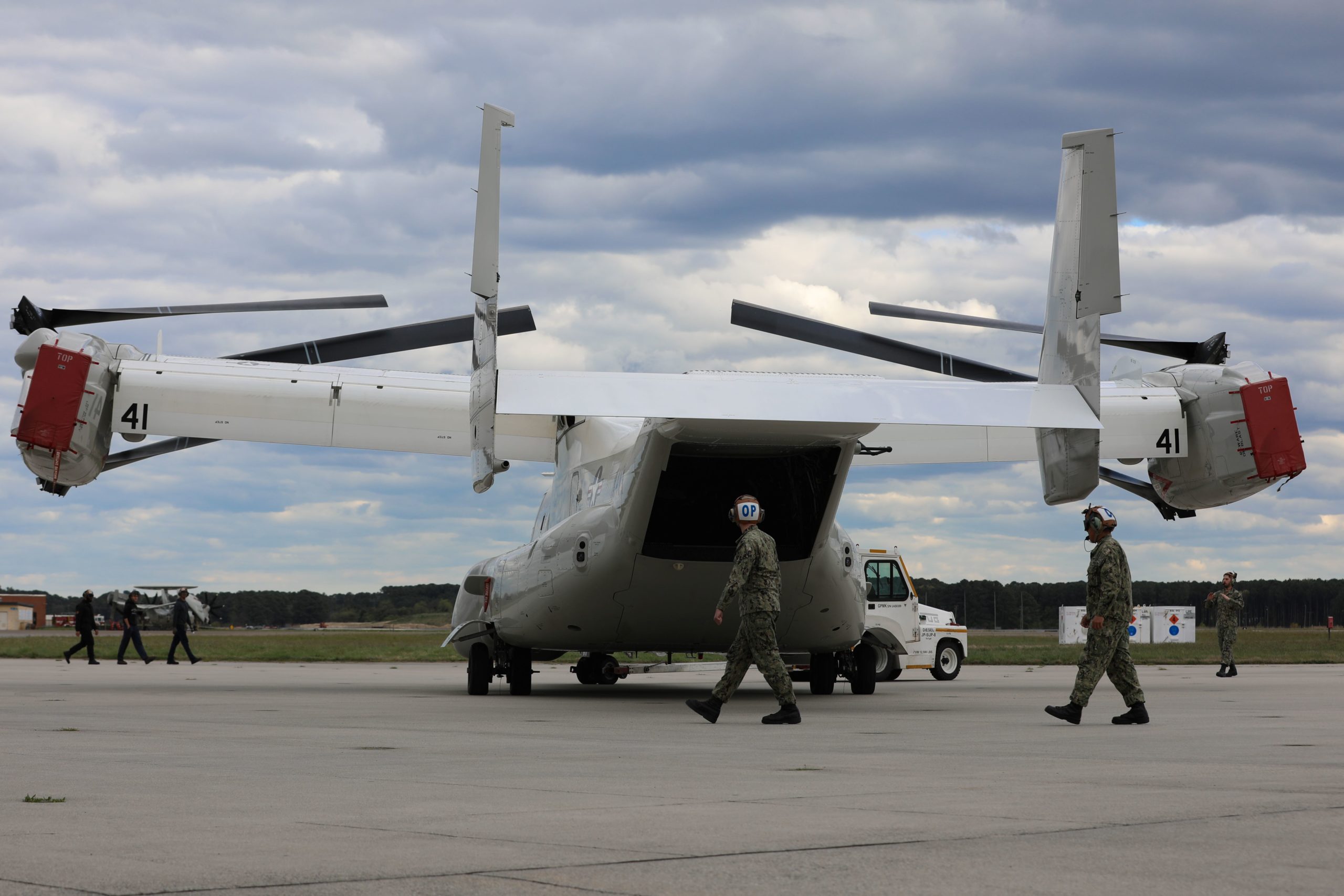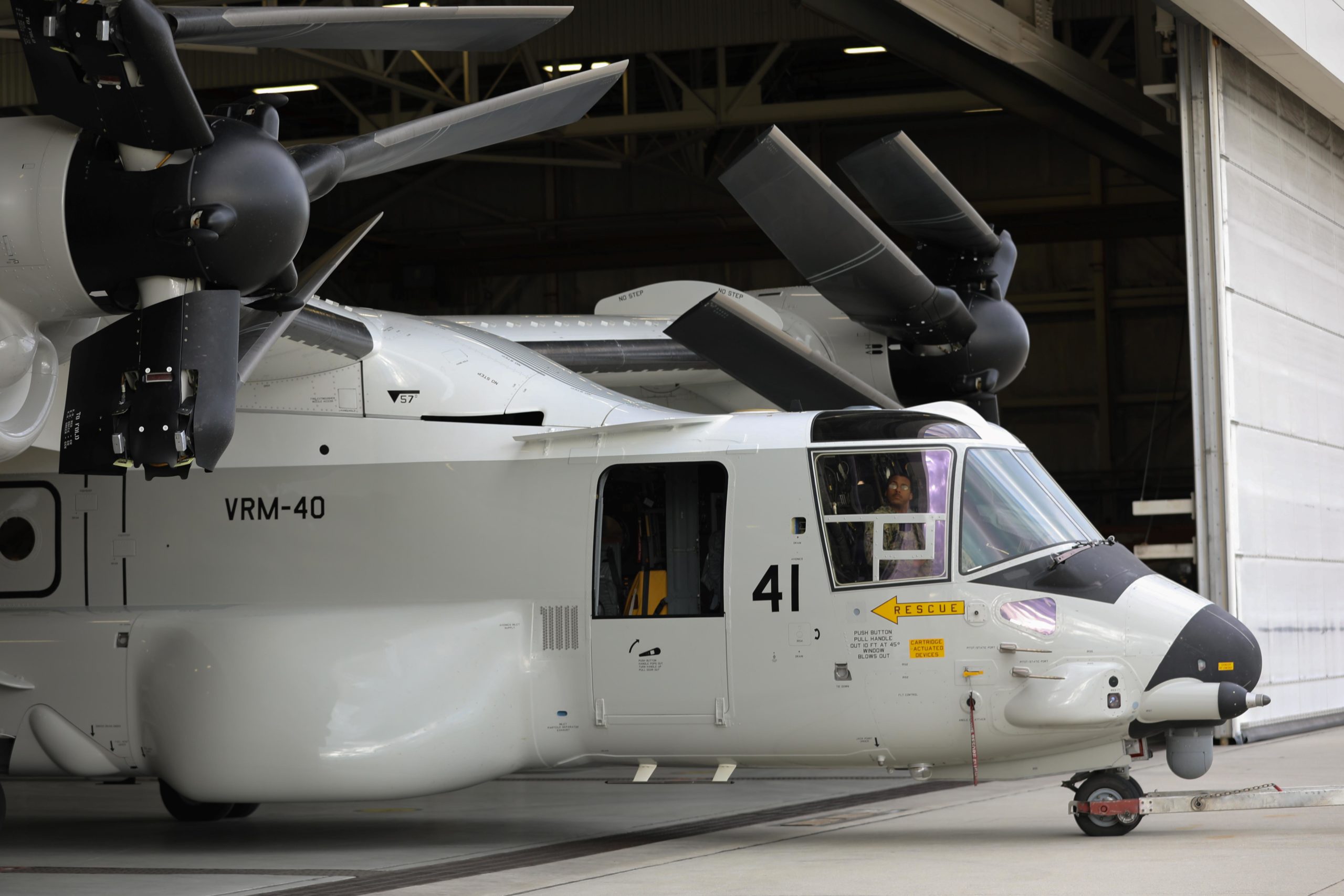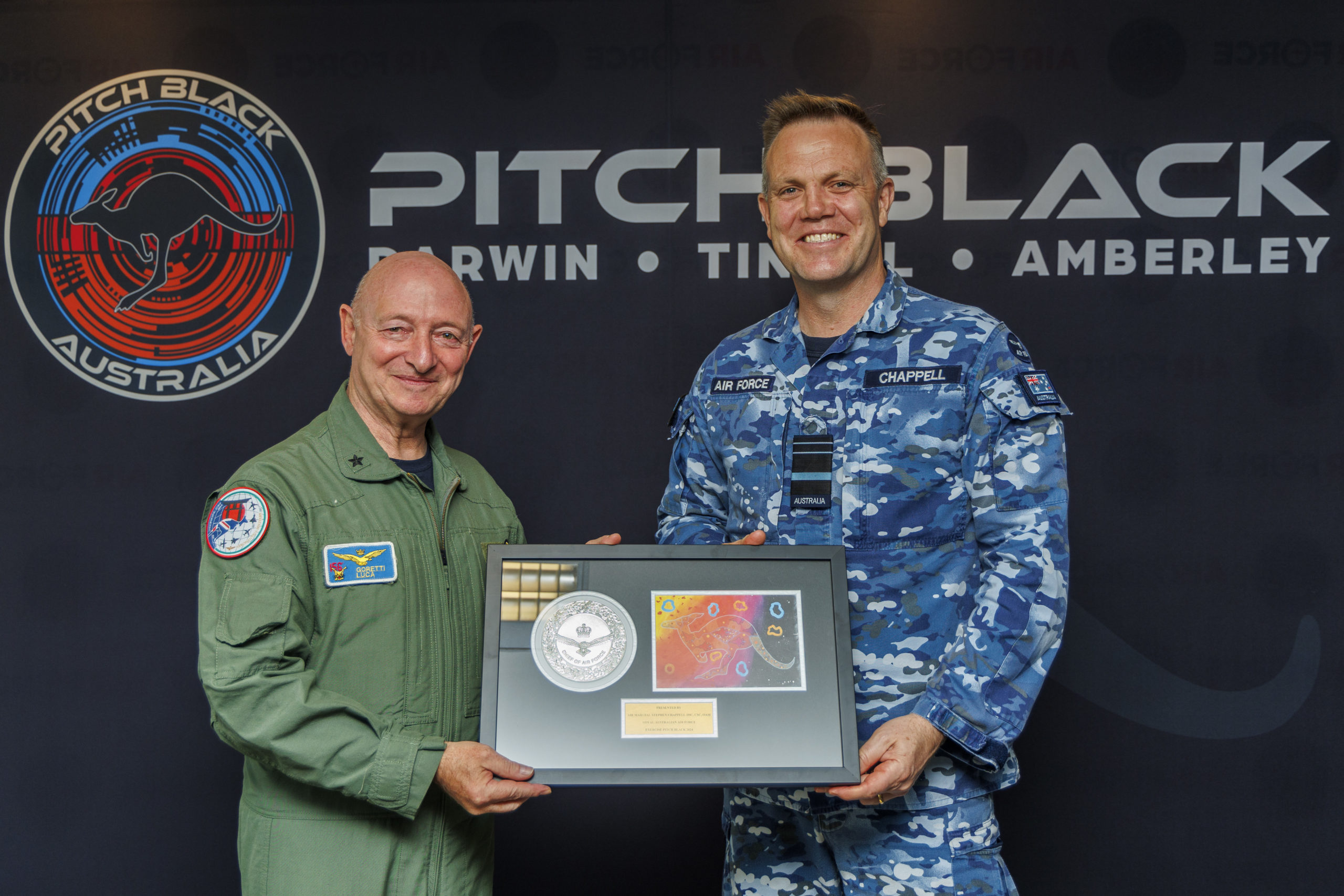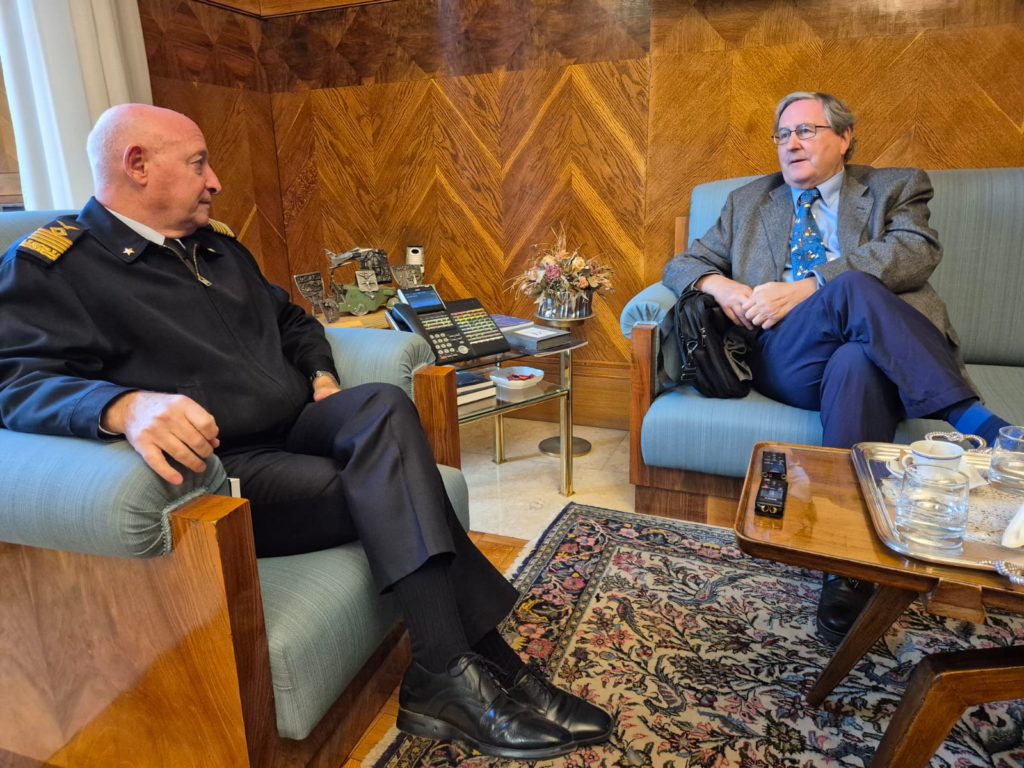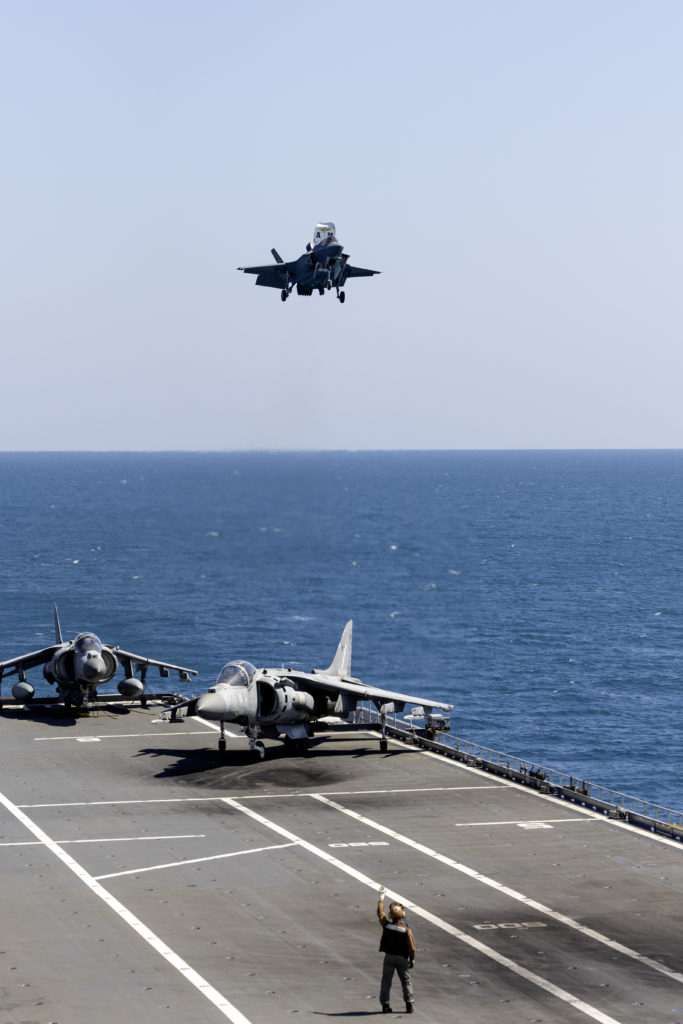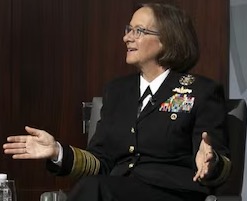By George Galdorisi
The U.S. Navy has been forthcoming and transparent in its strategies designed to ensure peace and stability on the global commons working with allies and partners. These strategies have contributed to the security and prosperity of all nations touched by the oceans.
Whether manifested in documents such as the Department of the Navy Strategic Guidance, Advantage at Sea: Prevailing with Integrated All Domain Naval Power, or Americas Warfighting Navy, these high-level documents provide a clear vision of how the U.S. Navy intends to accomplish these goals.
While these strategic visionary documents remain important, achieving these goals requires documents with more granularity that describe ways, means, and ends to achieve the desired outcomes.
Over the past decade, these ways, means, and ends have been articulated in Navigation Plans issued by successive U.S. Chiefs of Naval Operations. These Navigation Plans serve two purposes. One is to be transparent to the nation and to U.S. Congress regarding the Navy’s goals and objectives. Another is to assign responsibilities to senior flag officers on the CNO staff, as well as to other commands and commanders throughout the Navy.
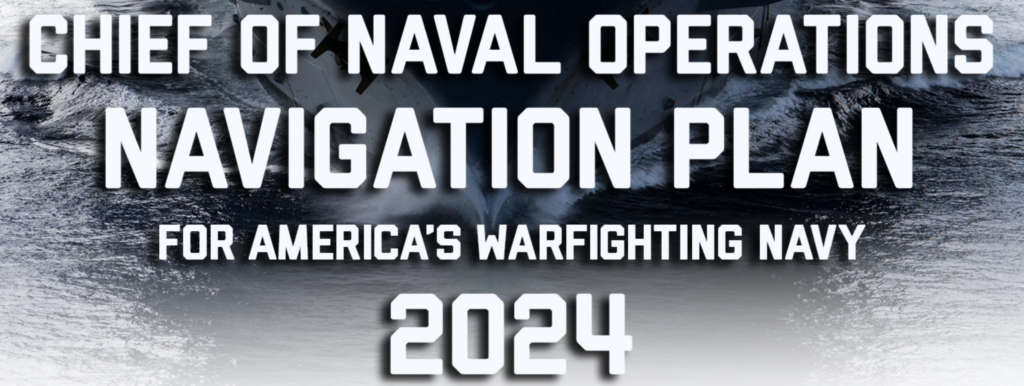
The New Navigation Plan
In September 2024, the 33rd Chief of Naval Operations, Admiral Lisa Franchetti, issued her Chief of Naval Operations Navigation Plan for America’s Warfighting Navy. Admiral Franchetti describes this Navigation Plan as the strategic guidance to the U.S. Navy that builds on the one-page document, America’s Warfighting Navy issued in January 2024 that describes who we are, what we do, and where we are going as the U.S. Navy.
This Navigation Plan embodies “Project 33” in recognition of the fact that Admiral Franchetti is the 33rd Chief of Naval Operations. Project 33 articulates two overarching objectives: an imperative to be ready for the possibility of war with the People’s Republic of China by 2027 and enhancing the Navy’s long-term advantage. The CNO describes how the Navy will work toward these objectives through two mutually reinforcing ways: implementing Project 33 and expanding the Navy’s contribution to the “Joint Warfighting Ecosystem.”
Indeed, Project 33 sets the targets for making strategically meaningful gains in the fastest possible time with the resources that the Navy can influence.
The Project 33 targets are:
- Ready the force by eliminating ship, submarine, and aircraft maintenance delays
- Scale robotic and autonomous systems to integrate more platforms at speed
- Create the command centers our fleets need to win on a distributed battlefield
- Recruit and retain the force we need to get more players on the field
- Deliver a quality of service commensurate with the sacrifices of our Sailors
- Train for combat as we plan to fight, in the real world and virtually
- Restore the critical infrastructure that sustains and projects the fight from shore
These targets can be grouped into several areas, each representing important initiatives for the U.S. Navy
From a readiness perspective, the goal of eliminating ship, submarine and aircraft maintenance delays and restoring critical infrastructure that sustains and projects the fight from shore are areas that require attention from the Navy shore establishment.
The goals of recruiting and retaining the force needed to fill officer, chief petty officer and enlisted ranks and delivering a quality of service for Navy personnel shows a strong focus on balancing quality of life and quality of work for all Navy people.
Creating upgraded command centers for the Navy Fleet Commanders and training for combat seeks to ensure that the Navy has a warfighting advantage over its adversaries.
Finally, the goal to scale robotic and autonomous systems to integrate more platforms at speed focuses on capitalizing on the inherent advantages that uncrewed systems bring to any navy.
Admiral Franchetti notes that absent a large infusion of resources, it will not be possible to build a bigger traditional navy in a few short years. Therefore, the Navy needs to prioritize readiness, capability, and capacity in that order. The CNO identified the goal of fielding mission capable ships, submarines, and aircraft as the top priority, and as she put it, the goal is to put more mission ready players on the field in the shortest possible time.
All of that said, perhaps the most intriguing part of the CNO’s Navigation Plan for America’s Warfighting Navy is the goal of scaling robotic and autonomous systems to integrate more platforms at speed.
Momentum to do this has been building for almost two decades, beginning with the Navy’s Strategic Study Group report titled The Unmanned Imperative and other reports and studies up to and including the Navy’s UNMANNED Campaign Framework with its overarching guidance for how unmanned systems might help the Navy achieve its warfighting goals.
These aspirational documents have now found purchase in the Navigation Plan for America’s Warfighting Navy with specific goals and objectives for inserting unmanned and autonomous systems into the Navy inventory.
A huge factor driving this initiative harkens back to what was mentioned a few paragraphs above: the difficulty in fielding more increasingly expensive crewed vessels in a budget constrained environment.
Admiral Franchetti’s predecessor, Admiral Michael Gilday, articulated the goal of a “500-Ship Navy,” which includes 350 crewed vessels, and 150 uncrewed vessels. Admiral Franchetti has embraced this goal of a “hybrid fleet” and her plan to scale robotic and autonomous systems and integrate them with crewed platforms points directly to the goal of a 500-ship hybrid fleet.
The Navigation Plan provides a great deal of granularity regarding the Navy’s ongoing commitment to uncrewed vessels. For example, to be prepared for a potential conflict with China in the Pacific, the Navy is emphasizing a new class of uncrewed systems in line with the Pentagon’s Replicator initiative to create low-cost lethal air and surface systems that would disrupt a cross Taiwan Strait invasion. This “hellscape” concept was born from experimentation and is driving the first tranche of Replicator investment.
Two recent real-world events have worked to accelerate the U.S. Navy’s development and fielding of uncrewed vessels. The first is the Ukrainian Navy’s use of uncrewed surface vessels to deny the Russian Navy the use of the Western Black Sea, as well as threaten Russia’s supply lines to occupying forces in Crimea. The second is Yemen’s Houthi rebels use of drones against commercial vessels as well as against U.S. and partner navies in the Red Sea.
Additionally, the U.S. Navy is embarking on a new effort which will update the Navy’s planned investment in large uncrewed surface vessels and medium uncrewed surface vessels. This initiative will likely involve changes in existing programs of record for uncrewed vessels based on lessons learned from ongoing experimentation with uncrewed vessels of various sizes and capabilities.
The U.S. Navy’s Commitment to Uncrewed Systems
Uncrewed capabilities not only keep sailors out of harm’s way, but they provide opportunities to greatly expand the sea service’s warfighting capacity at less cost than traditional Navy vessels. Like their air and ground counterparts, these uncrewed surface vessels are valued because of their ability to reduce the risk to human life in high threat areas, to deliver persistent surveillance over areas of interest, and to provide options to warfighters that derive from the inherent advantages of unmanned technologies.
The Navigation Plan for America’s Warfighting Navy adds more granularity to the “why” behind the Navy’s commitment to uncrewed surface vessels. It notes that robotic and autonomous systems, by augmenting the multi-mission conventional force, will provide opportunities to expand the reach, resilience, and lethality of the combined crewed-uncrewed Navy team. The Navigation Plan goes on to explain that as the Navy builds that team for the future, work is progressing on concept and requirements analysis for larger uncrewed systems, as well as the artificial intelligence applications that help sense and make sense of a complex, information-centric battlespace.
As noted earlier, the Navigation Plan leverages operationally relevant events over the past year. The document explains how, based on extensive learning from fleet experimentation and real-world developments in the Black and Red Seas, the Navy has an opportunity to expand, extend, and bolster the reach, resilience, and lethality of the conventionally manned fleet through new disruptive and emerging technologies, especially uncrewed surface vessels.
The Navigation Plan explains how, as the Navy works on delivering a truly hybrid fleet to capitalize on programs of record for uncrewed systems, nearer term operational challenges demand that the Navy integrate proven robotic and autonomous capabilities as soon as possible. Indeed, the document highlights how choosing the best-of-breed uncrewed systems will be done with a focus on how the Navy and the Joint Force will use these systems in war.
A short-term goal, articled in the Navigation Plan is to integrate proven robotic and autonomous systems for routine use by the commanders who will employ them. The overarching goal is to integrate mature uncrewed capabilities into all deploying carrier and expeditionary strike groups by 2027. The anticipated use of these uncrewed capabilities will focus on key operational challenges across critical mission areas such as surveillance, fires, networking, logistics, and deception.
A Focus on the Hybrid Fleet
The Navigation Plan puts special emphasis on the Hybrid Fleet. As Admiral Franchetti noted, absent a large infusion of resources, it will not be possible to build a bigger traditional navy in a few short years. Therefore, the hybrid fleet concept explained above is seen as a viable path to put enough hulls in the water to accomplish the Navy’s myriad global missions.
Juxtaposed against this aspiration is the fact that the U.S. Congress has been reluctant to authorize the Navy’s planned investment of billions of dollars in USVs until the Service can come up with a concept of operations (CONOPS) for using them. Congress has a point. The Navy has announced plans to procure large numbers of uncrewed systems—especially large and medium uncrewed surface vessels—but a CONOPS, one in even the most basic form, has not yet emerged. Additionally, while the composition of the future Navy’s crewed vessels is relatively well understood—based on ships being built and being planned—what those uncrewed maritime vessels will look like, let alone what they will do, has yet to be fully determined. This helps us understand why Admiral Franchetti has placed such an emphasis on a disciplined and focused introduction of uncrewed surface vessels into the Navy Fleet.
The Hybrid Fleet is moving forward. Navy officials have been laying the keel for the future hybrid fleet via experimentation and other efforts, such as standing up Task Force 59 and Task Force 59.1, establishing the Disruptive Capabilities Office, and “operationalizing” the integration of uncrewed platforms into numbered fleets beginning with the U.S. 4th Fleet. Importantly, the Navy is moving from experimentation to integrating robotic and autonomous systems across numbered fleets and Navy Special Warfare to accelerate their integration into the Fleet.
The Navigation Plan describes how the Navy is looking to get many more robotic systems into the water in the next three years in operational settings, noting that Navy officials also recognize the value that can be derived from employing commercial robotic and autonomous systems in sea-denial missions.
The Navigation Plan also explains that officials are also working now on concept and requirements analysis for larger robotic systems, as well as AI applications and other software that help commanders better understand complex, “information-centric” battlespaces.
Importantly, Admiral Franchetti has tapped the Deputy Chief of Naval Operations for Warfighting Requirements and Capabilities (OPNAV N9), Vice Admiral James Pitts, to be the “single accountable official” for accelerating the push to operationally integrate robotic and autonomous systems into the Fleet.
Indeed, in a presentation at a recent Center for Strategic and International Studies/U.S. Naval Institute forum, Admiral Pitts put the Navigation Plan’s focus on uncrewed surface systems in these terms: “We are leading the way with uncrewed systems. We are leveraging the success of the Navy’s unmanned task force as well as the disruptive capabilities office. Our goal is to get uncrewed surface system solutions to the Fleet within the next two years.”
As the Navigation Plan notes, and as Admiral Pitts emphasized, the Navy now leads the Joint Force in operationalizing robotic and autonomous systems. This has implications for everything from how the Navy fights, to what the Navy buys, to how the Navy trains, recruits, and retains the talent that operates new technologies.
Getting Uncrewed Systems to the Fight
One of the reasons that the Navigation Plan describes the Navy’s confidence in the ability of uncrewed surface systems to perform as expected next to the Navy’s crewed vessels is the fact that over the past decade, the U.S. Navy, along with allied and partner navies, have inserted commercial-off-the-shelf (COTS) uncrewed systems into Navy and Marine Corps events to perform a wide range missions. Events such as the COMPACFLT-led Integrated Battle Problem series of exercises, the Integrated Maritime Exercise series held under the auspices of U.S. Naval Forces Central Command/Commander Task Force 59 in the Arabian Gulf, NATO exercises REPMUS and the follow-on Dynamic Messenger, Australian Defence Force Autonomous Warrior exercises, and many others too numerous to describe here, put USVs—primarily small and medium uncrewed surface vessels—into the hands of U.S. Sailors and Marines, as well as sailors and marines of other participating nations.
That said, small and medium uncrewed surface vessels (along with their air and undersea counterparts) must get to the area of operations in order to perform their various missions. Given that there is limited space aboard Navy ships already loaded with systems, sensors and weapons, another means must be found. This requires a large uncrewed surface vessel. The Navy wants LUSVs to be low-cost, high-endurance, reconfigurable ships based on commercial ship designs, with ample capacity for carrying various modular payloads. Some potential candidates for this mission include the Navy’s program of record LUSV, the MARTAC T82 and the Ranger and Nomad USVs operated by Unmanned Surface Vessel Division 1.
The concept of operations for employing various size unmanned surface, subsurface and aerial unmanned vehicles to perform missions that the U.S. Navy has—and will continue to have—is to use an evolving large, unmanned surface vessel as a “truck” to move smaller USVs, UUVs and UAVs into the battle space in the increasingly contested littoral and expeditionary environment.
If the U.S. Navy wants to keep its multi-billion-dollar capital ships out of harm’s way, it will need to surge uncrewed vessels into the contested battlespace while its crewed ships stay out of range of adversary A2/AD systems, sensors and weapons. This is precisely why the CNO’s Navigation Plan emphasizes the teaming of uncrewed surface vessels with deploying carrier and expeditionary strike groups.
Rather than speak in hypotheticals, since it will be in the water next year and will be built from the keel up to transport, launch and recover smaller uncrewed surface vessels of various sizes, the Devil Ray T82 is likely a leading candidate to serve as the truck most capable of carrying, launching and recovering smaller uncrewed craft. With a maximum payload of 35,000 pounds, the T82 could carry eight eighteen-foot T18 USVs configured for various Navy missions such as intelligence surveillance and reconnaissance (ISR) and mine countermeasures (MCM).
A Bright Future for Uncrewed Surface Vessels
This is not a platform-specific solution, but rather a concept. When Navy operators see a capability with different size uncrewed COTS platforms in the water successfully performing the missions presented in this article, they will likely press industry to offer even more-capable platforms to perform these tasks.
The U.S. Navy’s commitment to develop, test and field uncrewed surface vessels at an accelerated pace has profound implications for the maritime community. The need to field a hybrid fleet not at some distant time, but this decade, will likely mean that the Navy can’t wait for uncrewed surface vessels that are developed via the DoD’s often tortuous acquisition process.
What this means for industry is that commercial-off-the-shelf uncrewed surface vessels will likely receive a favorable hearing from Navy officials who increasingly recognize that the need for a hybrid fleet to emerge as soon as possible is compelling. The first step for industry should be to embrace this new security paradigm and think outside the box as to how their COTS uncrewed systems can fulfill a range of Navy mission requirements.
Featured photo: Chief of Naval Operations Adm. Lisa Franchetti discusses her recently released Navigation Plan for America’s Warfighting Navy 2024 at Center for Strategic and International Studies in Washington, Sept. 19, 2024.
